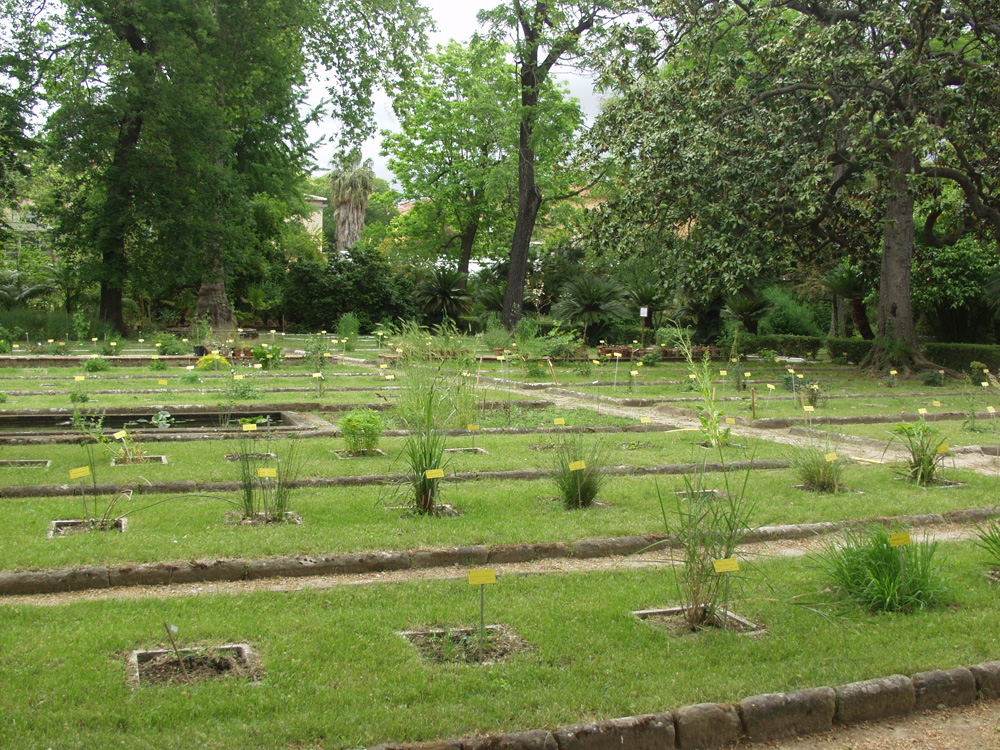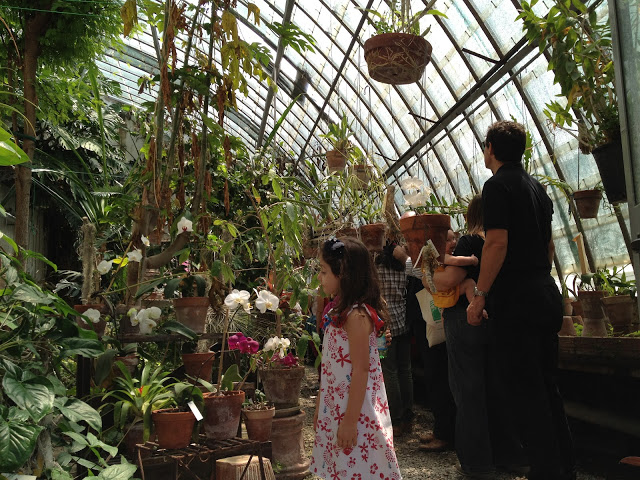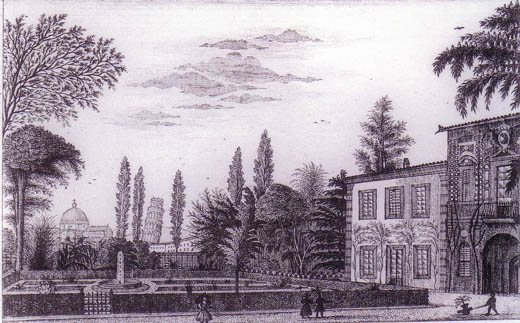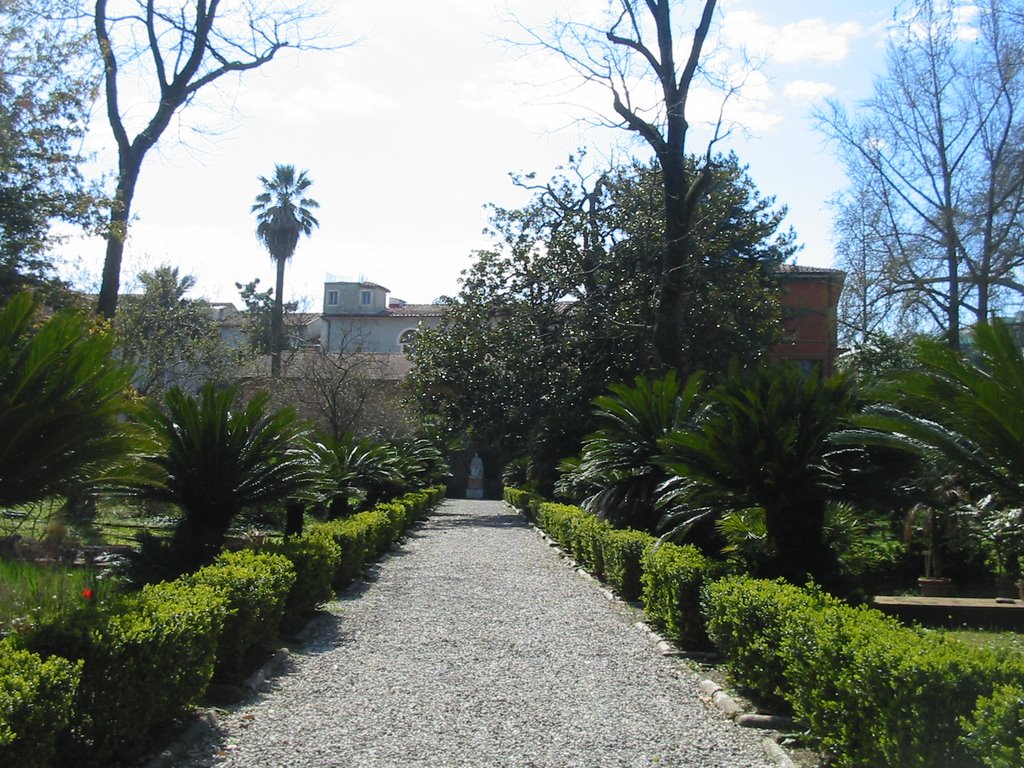
Pisa University Botanical Garden
This post is also available in:
 Italiano (Italian)
Italiano (Italian)
The Botanical Garden of the University of Pisa was built in 1544 by Luca Ghini, a physician and a botanist from Imola who had taught botany in the Tuscan city the previous year; funds for the construction of the garden were provided by the Grand Duke of Tuscany.
It is the oldest university botanical garden in the world, but since its original location was different from the current one, Padua’s Botanical Garden is the actual holder of this record.
Originally, the plants were arranged according to the most popular style of so many other similar gardens and themed on the four main natural elements: there was a square for earth, the circle for the wind, the triangle for fire, and the pools for water.
In the 1880s, the XVI century layout of the large flower beds was dismantled to make room for smaller, rectangular flower beds, interspersed with avenues and walls, in the centre of which there were six original fountains with their old basins. When the work was completed, there were 148 flower beds with more than 2,000 species arranged in a systematic order.
The botanical garden, which covers an area of some 7.5 acres, houses about 6.000 plants from all the continents, organized in 7 sectors: Botanical School, Orto del Cedro, Orto del Mirto, Serre, Piazzale Arcangeli, Orto Nuovo, and Orto del Gratta.
Inside the garden, there is also an arboretum with trees belonging to the conifers and amentiferae. A systematic collection in flower beds and tubs of plants is grouped by families, while a vegetable garden of officinal flora with about 140 species is next to a collection of aquatic plants with mainly native species. The latter features some species which are now almost extinct like the marsh marigold (Caltha palustris) are almost extinct in nature, while others, such as the Swamp rose mallow (Hibiscus palustris), and the yellow water-lily (Nuphar lutea) are constantly threatened by water pollution. Last but not least, there is a collection of herbaceous species from the Mediterranean basin and a wide range of succulent plants housed in a greenhouse.
Among the main collections, there are 100 different species of sage from all over the world and tropical water plants. The latter are kept in a small greenhouse named after some of those very species – namely, Victoria and Eicchornia crassipes. Those flowers grow in the sandstone tanks of the late XVI century, in the Botanical School sector.
This post is also available in:
 Italiano (Italian)
Italiano (Italian)
Contatti
Via Luca Ghini 13 - Pisa(PI)
050 2211310
ortomuseobot@biologia.unipi.it
http://www.biologia.unipi.it/ortobotanico
Altre info
Intero 2,50 euro; ridotto 1,50 euro (per bambini di età compresa tra 6 e 12 anni); famiglia 6,00 euro (genitori con figli); gratuito per dipendenti e studenti dell'Università di Pisa
Tutto l'anno escluso la Domenica, i giorni festivi e durante le festività natalizie
Dalle 8.30 alle 17.30 dal Lunedì al Venerdì (ultimo ingresso alle 17.00); dalle 8.30 alle 13.00 il Sabato (ultimo ingresso alle 12.30)





